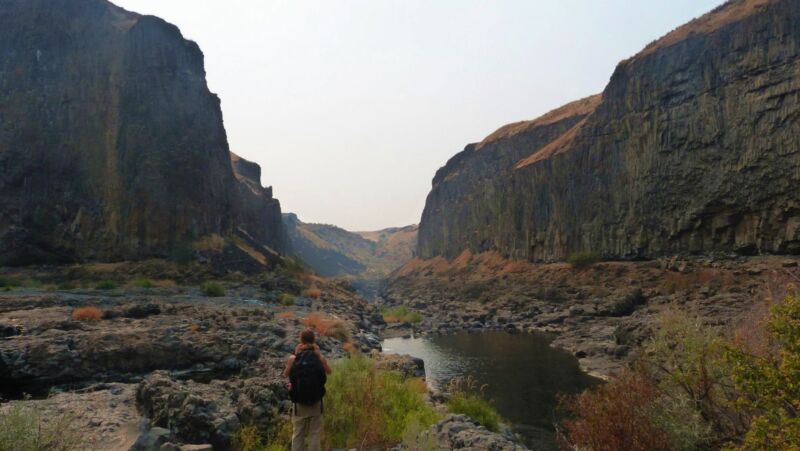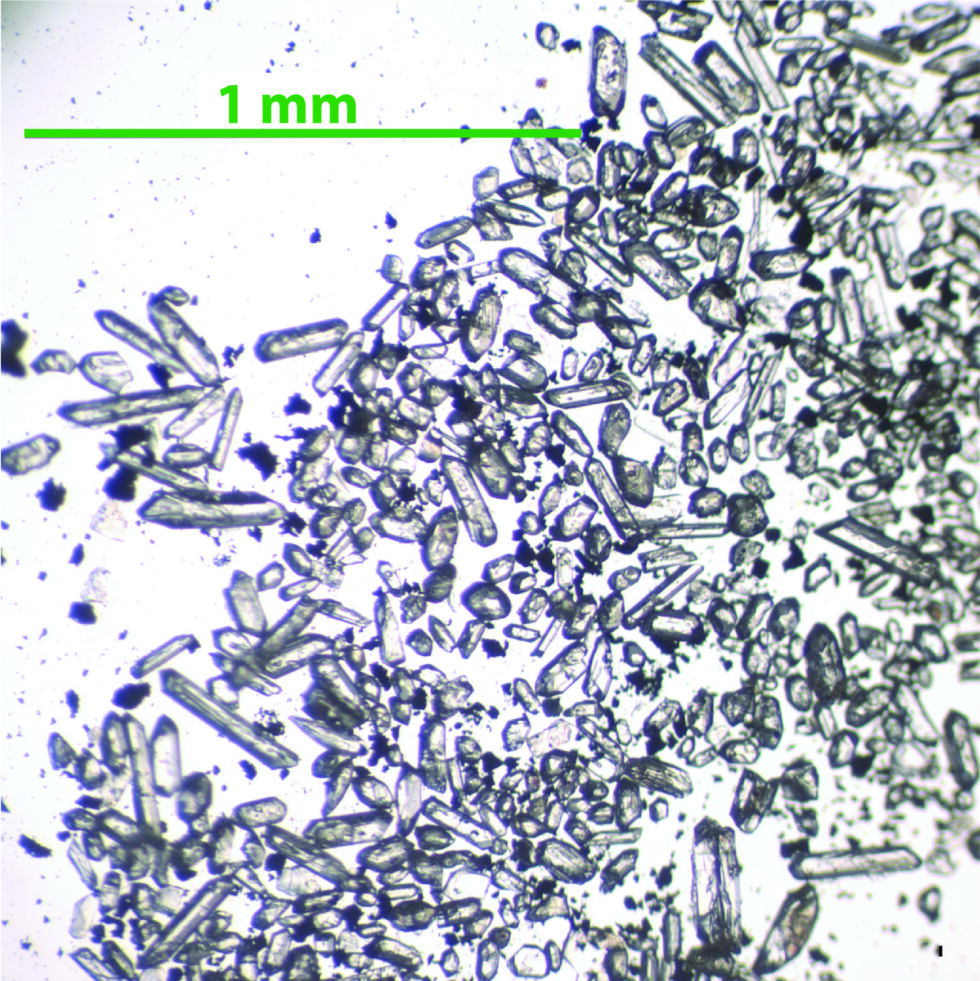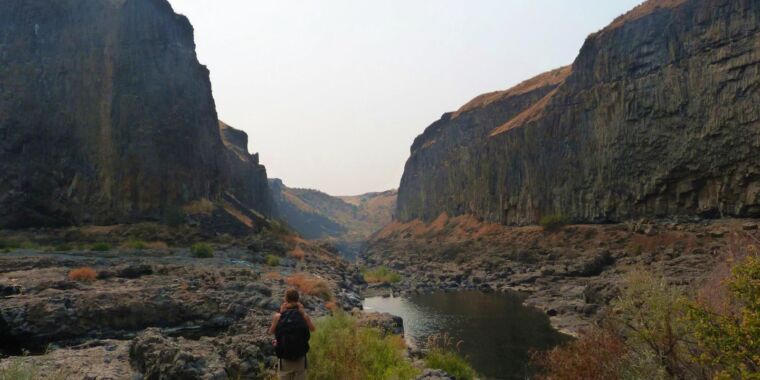
Joshua Murray
As our climate warms beyond its historical range, scientists must increasingly study climates deeper in the planet's past to learn about our future. One such study is a warming event known as the Miocene Climate Optimum (MCO) that occurred about 17 to 15 million years ago. It coincided with floods of basaltic lava that blanketed a large area of the northwestern U.S., creating the so-called “Columbia River Basalts.” This timing suggests that volcanic CO2 was the cause of the warming.
Those eruptions were the latest example of a “Large Igneous Province,” a phenomenon that has repeatedly caused climate upheavals and mass extinctions in Earth’s past. The Miocene version was relatively benign; it released CO2 Sea levels are rising and global temperatures are increasing, leading to ecosystem changes and significant melting of Antarctic ice. However, this does not result in mass extinction.
A paper recently published in Geology, led by Jennifer Kasbohm of Carnegie Science's Earth and Planets Laboratory, debunks the idea that the eruptions caused the warming, while still blaming them for the peak Climate heat.
The study is the result of the world's first successful application of high-precision radiometric dating to climate data obtained by drilling into ocean sediments, opening the door to improved measurements of past climate changes. As a bonus, it confirms the validity of mathematical models of our orbits around the solar system in deep time.
A climate from the past with the current CO2 levels
“Today, at 420 parts per million [of CO2]“We are essentially entering the Miocene Climate Optimum,” said Thomas Westerhold of the University of Bremen, who peer-reviewed Kasbohm’s study. While our CO2 levels, global temperatures have not yet reached the MCO temperatures of up to 8° C above pre-industrial levels. “We are moving the Earth system from what we call the Ice House world … in the complete opposite direction,” Westerhold said.
When Kasbohm began investigating the link between the basalts and the MCO warming in 2015, she found that the correlation had huge uncertainties. So she applied high-precision radiometric dating, using the radioactive decay of uranium in zircon crystals, to determine the ages of the basalts. She found that her new ages no longer included the MCO warming. “All these eruptions [are] “It's crammed into just a small part of the Miocene climate optimum,” Kasbohm said.
But there were also huge uncertainties in the MCO data, so it was possible that the mismatch was an artifact of those uncertainties. Kasbohm wanted to apply the same high-precision dating to the marine sediments that record the MCO.
A new approach to an old problem
“What's really exciting… is that this is the first time anyone has applied this technique to sediments in these ocean cores,” Kasbohm said.
Traditionally, dates for oceanic sediments drilled from the seafloor are determined using a combination of fossil changes, magnetic field reversals, and alignment of sediment layer patterns with orbital wobbles calculated by astronomers. Each of these methods has uncertainties, exacerbated by holes in the sediment caused by the drilling process and by natural pauses in the deposition of material. These make it difficult to match disparate data with the precision needed to determine cause and effect.
Due to the uncertainties, it was unclear when the MCO would take place.

Jennifer Kasbohm
Radiometric dating would circumvent those uncertainties. But until about 15 years ago, the dates were so inaccurate that they were useless for answering questions like the timing of the MCO. The technique also typically requires kilograms of material to find enough uranium-bearing zircon crystals, while ocean cores yield only grams.
But scientists have significantly reduced those limitations: “People across the board have been working to track, quantify, and minimize every aspect of uncertainty that's in the measurements that we're making. And that's what allows me to report these ages with such great precision,” Kasbohm said.

